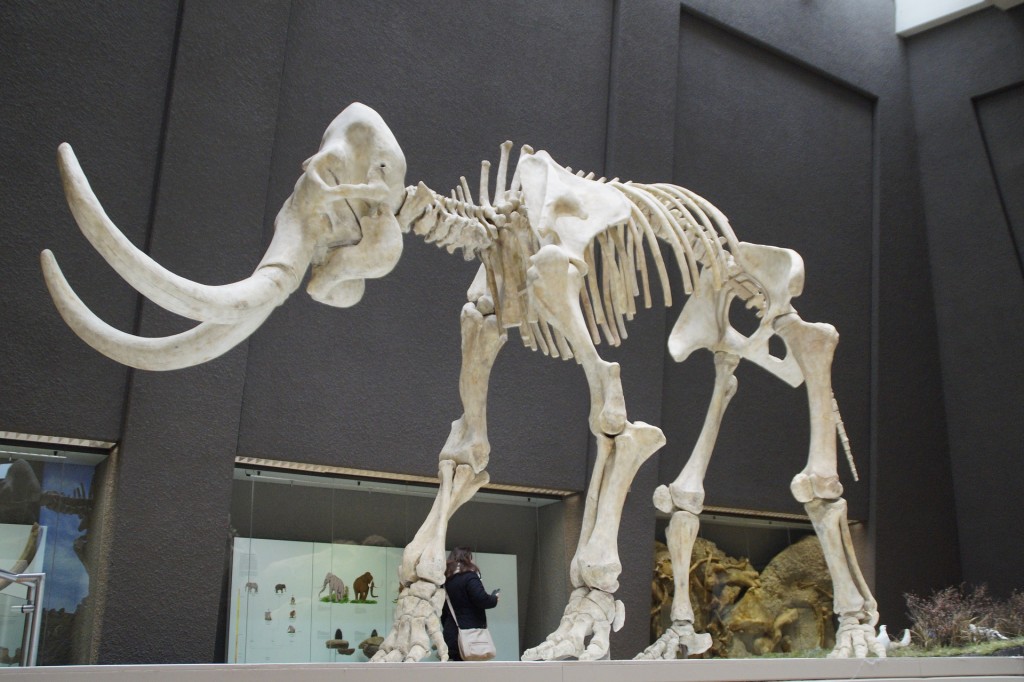To understand what makes us gain body fat, it is important to understand what we are designed to eat. Eating our normal diet provides our bodies with the correct nutrients and in the correct ratios and this could be argued is much more likely to keep us both healthy and of the correct weight. Deviation from the foods that satisfy our biology would be much more likely to cause metabolic disturbance, and this is evidence quite extensively in animals studies. For example feeding vegetarian animals such as rabbits diets containing high amounts of animal produce such as cholesterol causes them to develop metabolic dysfunctions and lessons in their arteries. Likewise, feeding high amounts of refined crystalline carbohydrate to rats causes them to become insulin resistant and pre-diabetic. In humans, less is understood about such changes due to the ethical implications associated with forced dietary changes, and for this reason the topic is far more controversial when compared to the study of animals.

Rabbits are vegetarians and like to eat plant foods. Under laboratory conditions they can be made to eat animal foods such as cholesterol. However, when they do, they quickly develop diseases including lesions on the main arteries. Many example exist of animals being fed inappropriate foods for their physiology and quickly developing disease.
This topic is controversial and in some respects is open to interpretation. However, there are a number of observations that can help us understand the normal diet humans should eat. The length and structure of the various components of the human gut, suggest for example that humans are designed to be omnivorous in nature. This is because the structure of the human gut falls somewhere between that of a carnivore and a herbivore. Carnivores tend to have relatively simple intestines which are short as most protein digestion occurs in the stomach. In contrast, herbivores have specialised and long intestines to allow digestion and fermentation of plant material including very difficult to digest plant fibres. Humans tend to have a gut that falls somewhere between these extremes, and in this respect the gut is more similar to other mammalian omnivores such as the rat and the pig. Human teeth also suggest that our diets should be omnivorous, having both grinding and cutting teeth.
Historically it has been suggested that humans ate a hunter gatherer style diet. Evidence from this comes from archaeological sites that show small tribes of humans living relatively nomadically and in the absence of organised agriculture. Weapons from historical finds from before and after the last ice age suggest that the hunting of meat was a major source of food, and it is likely this may have been supplemented with plant material that was found in an around the populations local area. A shift to a predominantly agricultural system did not happen until as recently as a few thousands years ago with the advent of civilisation, although the precise date for this shift from nomadic hunter gatherers to agricultural based civilisations is also controversial. Up to the agricultural revolution in Great Britain in the 17th century, humans were still not exposed to refined carbohydrates, and it was not until after the second world war in the 1950’s that refined sugars and starches became common in the diet.
Evidence suggests therefore that initially humans may have been hunter gatherers relying on the catching, killing and consuming of relatively large amounts of animals flesh. This obviously may have included large amounts of fish that could have been caught both from the sea and freshwater lakes. It is only relatively recently that a shift to a more carbohydrate rich diet occurred. There is little evidence that a shift to agriculture and the consumption of grain was detrimental to the health of humans, and there are many populations today that rely on grain and plant material for large amounts of their energy intake, and these populations maintain their health into old age. However, the real problematic shift in human health came about with the manufacture and increased availability of refined grains and refined sugar, a process that has been accelerating since the 17th century. In particular, the inclusion of large amounts of sugar in the diets appears to be the turning point in human health.
RdB

